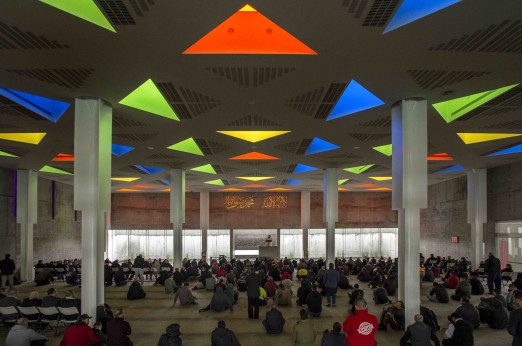Textiles made from plant roots, lichens, coconut wastewater, mycelium and fungus.
Interwoven: Diana Scherer explores humankind’s desire to control natural systems by manipulating plant roots as if they were yarn. Collaborating with material scientists and biologists, Scherer intervenes in the natural network of plant root systems to construct a textile-like material.
In constructing Interwoven, Scherer designs art nouveau-inspired patterns for plant roots to grow and weave their way through. Scherer tests diverse plant and grass species, researching how well each species responds to her carefully constructed environment. Once the roots have woven through the design, the textile is dried, taking its final form. The natural material can be applied to interior design objects and currently, Scherer is furthering her textile research and collaborating with scientists at Radboud University in the Netherlands.
Malai: Using bacterial cellulose and the waste coconut water from South Indian coconut farms, Malai produces a biocomposite textile (Malai) that can be used as an alternative to leather. Usually, waste coconut water is released into drainage systems which causes the soil to become acidified; Malai utilises the wastewater, and after sterilising it, combines it with nutrients to allow the bacteria to grow.
The process produces a cellulose jelly-based sheet, which is harvested and combined with resins, natural fibres and gums. After this, the material is flattened into sheets, which can be used for interior objects or 3D printed into a range of structures.
Piero D’ Angelo: Studies have found that air pollution can lead to allergies, early deaths and various diseases. Bio-Couture designed by Piero D’ Angelo addresses this issue by developing bio-garments which filter the air from harmful pollutants.
In his Bio-Couture piece, D’ Angelo grows lichens into the garment which absorb sulphur dioxide and nitrogen, metabolising them into non-toxic compounds. Lichens are known for their efficient absorption systems, which results in rapid accumulation of chemicals when exposed to polluted environments. D’ Angelo's project comes with a lichen kit, allowing people to grow their own ‘bio-couture garment' for a cleaner environment. The material can also be applied to the built environment by growing lichens upon 'green facades'.
Mycelium blocks, Adam Davies: Davies’s research focuses on the growth and use of mycelium and how it can be developed into a material which has a minimal environmental impact. Mycelium is the vegetative part of the fungus, with thread-like structures called hyphae. When these branched, tubular filaments multiply they form a robust biological network known as mycelium.
Davies utilises the biological properties of mycelium, to construct surface materials and lampshades. Mycelium can withstand extreme temperatures, is stronger than concrete and is water, fire and mould-resistant. Currently, Davies's material research at Loughborough University is ongoing and he has co-founded Ty Syml, a multidisciplinary design studio based in Cardiff.
Muskin - Mushroom Leather COMPANY: Grado Zero Espace: Muskin, Grado Zero Espace: Muskin is a vegan suede-like material grown from the fungus Phellinus ellipsoideus - a parasitic species which grows upon trees in the subtropical forests. Once extracted from the tree, Grado Zero Espace treat the material like leather, and combine it with natural products such as eco-wax.
Muskin is a toxic-free substance and acts as a thermal insulator, which absorbs damp and releases it immediately, limiting bacteria growth. The material can be used as an alternative to leather and suede products for interiors and upholstery.

